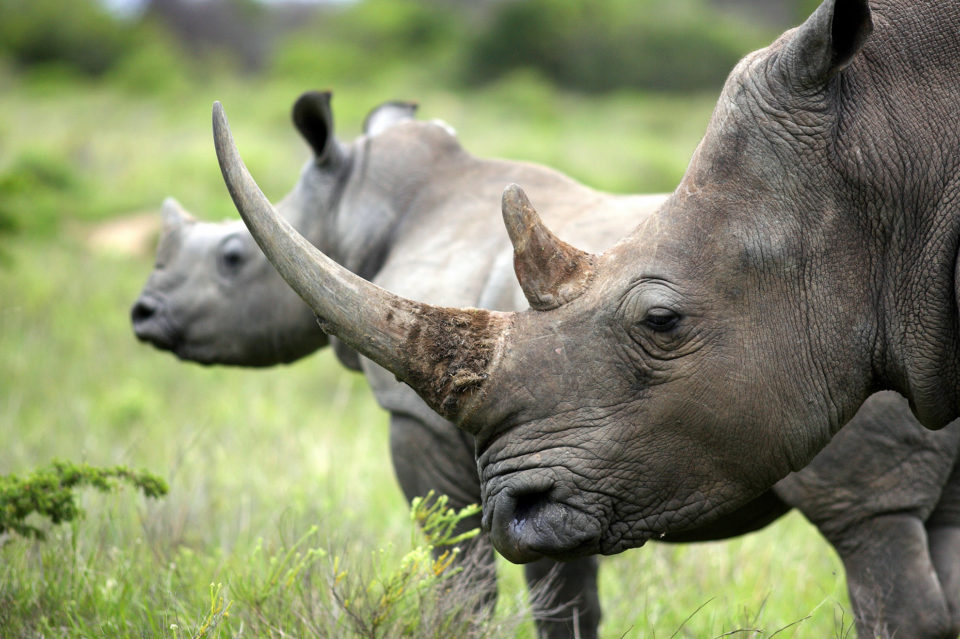From the far-flung corners of the world to our most heavily populated areas, IoT is making an undeniable impact – and not just on humans. Animals, too, are reaping the benefits of an ever-connected planet.
Indeed, IoT is being leveraged to monitor and protect species that are integral to our global ecosystems, from rhinos to dairy cows to honeybees.

Saving Biodiversity with IoT
According to the International Union for Conservation of Nature (IUCN), there are more than 28,000 endangered species worldwide. With poaching and climate change increasingly threatening biodiversity, conservation efforts have begun to shift from reactive to proactive, thanks in part to IoT devices.
For example, to help reduce rhino poaching, a private game reserve in South Africa joined forces with South African service provider MTN , Wageningen University and IBM to develop an IoT solution “that shifts the focus from tracking rhinos to monitoring herd animals like zebras and impalas.”
[You may also like: Are Connected Cows a Hacker’s Dream?]
Why? Because herd animals demonstrate different movement patterns based on the type of threat they’re facing, which can help predict a poacher’s presence (versus that of a natural predator’s). IoT-enabled collars placed on herd animals collect and send data to IBM’s Internet of Things where it is analyzed to identify animals in distress and inform the reserve team.
In the Philippines, local fishermen are helping track the population of the dugong, a marine mammal related to the manatee, by uploading pictures snapped with smartphones from provider Cherry Mobile, to a cloud platform. Local authorities and scientists then analyze that crowd-sourced data to strategize on conservation. And in Norway, IoT networks from Globalstar Satellite Services are helping monitor the location and movement of reindeer herds to help prevent fatalities (10% are lost every year to predation and collisions with trains!).
But this is just the tip of the iceberg. IOT applications for wildlife conservation hold enormous
promise, like drones that trackillegal whaling vessels, microphones that can simultaneously recognize multiple
bird sounds to understand how populations are rising or falling, and IoT-enabled bee hives to address dwindling bee populations in North America.
With Great Promise Comes Risks
While this technology is cutting-edge, it also comes with risks. Indeed, today’s world of interconnected devices is vulnerable to hackers—like tech savvy poachers—who would love nothing more than to leverage IoT data for
nefarious purposes or criminals looking to hold the world’s dairy supply for ransom. Without proper security, these devices can be dangerous.
[You may also like: IoT Expands the Botnet Universe]
As I’ve previously
written, 5G opens
the door to a complex world of interconnected devices that hackers will be
able to exploit via a single point of access in a cloud application to quickly
expand an attack radius to other connected devices and applications. It’s
frightening to imagine the impact a massive botnet deployment could have on conservation
efforts, and the ensuing chain reactions.
Our planet’s food chain is banking on secure ecosystems in
order to survive (and thrive!). We can’t let it down.

Read “Creating a Secure Climate for your Customers” today.
Download Now